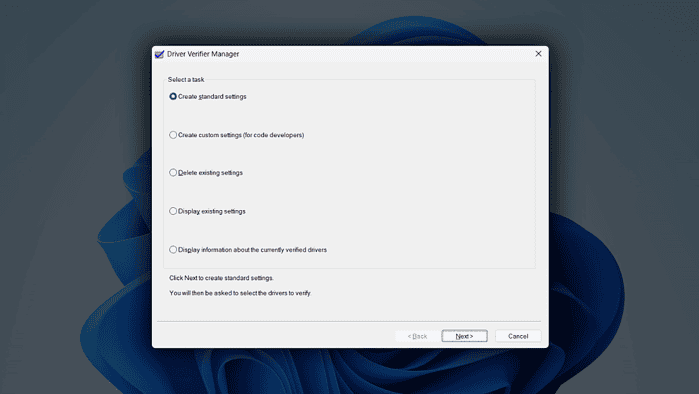Microsoft kills Driver Verifier GUI to make room for Verifier Command Line
Another product entering the Microsoft Graveyard.
2 min. read
Published on
Read our disclosure page to find out how can you help MSPoweruser sustain the editorial team Read more
Key notes
- Microsoft is deprecating Driver Verifier GUI (verifiergui.exe)
- Users are directed to use Verifier Command Line (verifier.exe) instead.
- It’s not the only feature being killed in recent months.

Microsoft has just announced that it’s deprecating Driver Verifier GUI (verifiergui.exe), and in exchange, users are now directed to use the Verifier Command Line (verifier.exe) instead.
No, they’re not the same thing, as the GUI provides an easier method to use Driver Verifier. You must be the desktop administrator to be able to run the program, as driver problems are some of the most critical issues that plague Windows users and, once happen, need to be fixed as soon as possible. You can access the Driver Verifier Manager GUI by pressing Win key + R.
“Driver Verifier can subject Windows drivers to a variety of stresses and tests to find improper behavior. You can configure which tests to run, which allows you to put a driver through heavy stress loads or through more streamlined testing. You can also run Driver Verifier on multiple drivers simultaneously, or on one driver at a time,” Microsoft explains.
Several tools and features have been deprecated recently in the past few months. Microsoft announced the discontinuation of features such as Test Base for Microsoft 365 and the NPLogonNotify and NPPasswordChangeNotify APIs, among others.
But, perhaps the most surprising news was the decision to phase out Windows Mixed Reality, WordPad, and Windows speech recognition in future Windows updates. The Redmond company has previously laid off the entire teams behind WMR, AltspaceVR, and MRTK, announcing that it’s stopping the development of the two features. That’s about six years after entering the VR/AR business with a range of headsets and controllers back in 2017.
Ouch.









User forum
0 messages